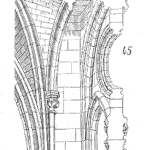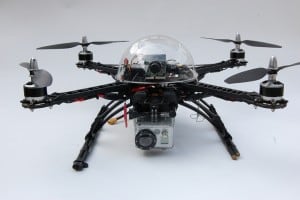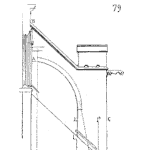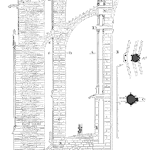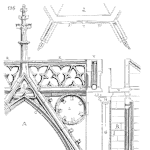
Stop testing when the testing provides no value.
If no one is going to review the results or use the information to make a decision, those are good signs that the testing provides no value. Of course, this may be difficult to recognize.
Some time ago while working with a product development team, one of the tasks assigned was to create an ongoing reliability test plan. This was just prior to the final milestone before starting production. During development, we learned quite a bit about the product design, supply chain, and manufacturing process. Each of which included a few salient risks to reliable performance.


